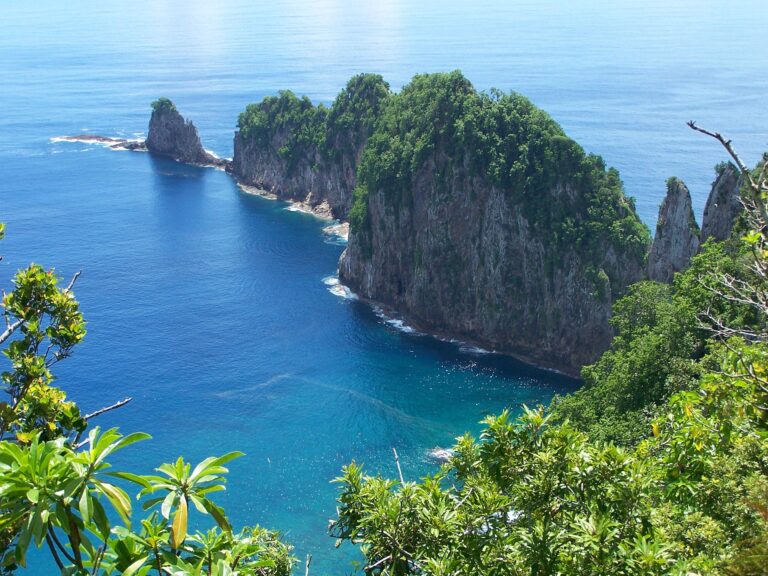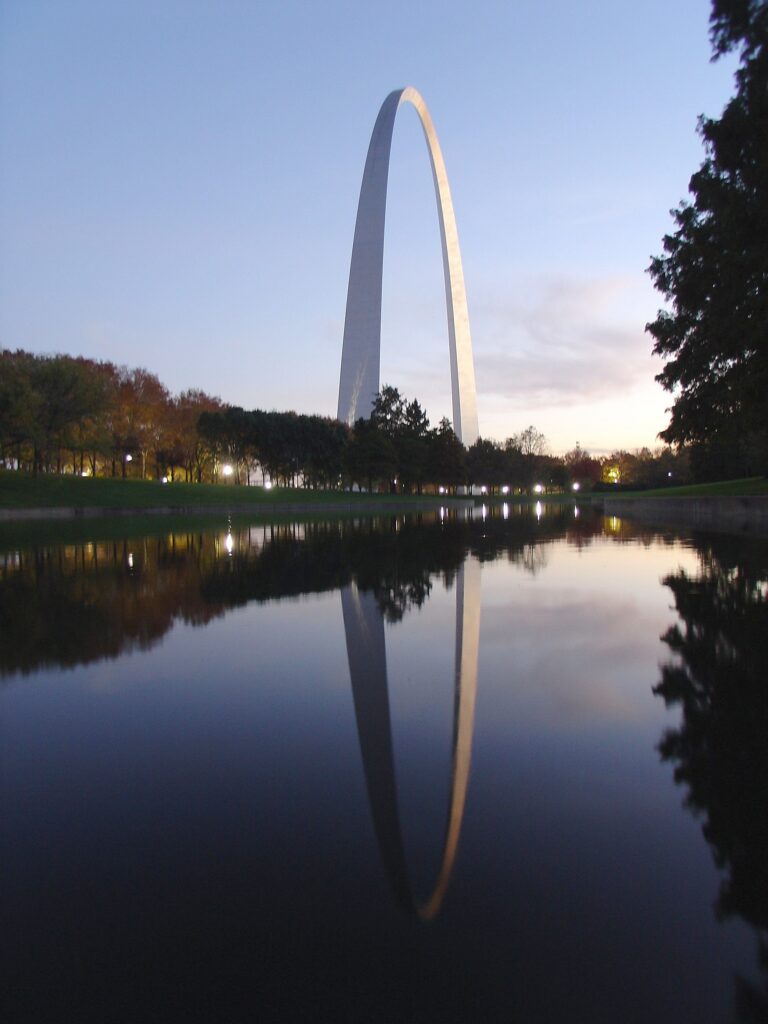Isle Royale National Park
Isle Royale National Park is a hidden treasure nestled within the heart of Lake Superior. Covering a vast expanse of 571,790 acres, this national park boasts a unique blend of natural beauty and rich history. Established in 1940, Isle Royale has been a sanctuary for visitors seeking tranquility, diverse ecosystems, and a glimpse into the past. In this article, we’ll delve into the park’s history, regulations regarding firearms, wildlife, fishing opportunities, and the best time to visit. Let’s embark on a journey to discover the wonders of Isle Royale National Park.
Introduction
Isle Royale National Park stands as a testament to the raw beauty of the wilderness. This secluded archipelago provides a sanctuary for flora and fauna, offering visitors a chance to disconnect from the modern world and immerse themselves in nature’s serenity.
A Historical Perspective
Around 4,600 years ago, the Ojibwe people embarked on expeditions through the dense forests of Isle Royale in search of copper. The late 19th century saw a surge of Western prospectors, drawn to the island’s mineral riches. Today, the park’s depths conceal remnants of history in the form of preserved shipwrecks, a testament to the harsh conditions Lake Superior once imposed.
Firearms in Isle Royale National Park
Firearms regulations in Isle Royale National Park are governed by federal law. A federal statute enacted on February 22, 2010, allows individuals permitted to possess guns by federal, state, and local laws to carry them within the park. However, strict guidelines are in place, requiring visitors to be well-versed in applicable firearm laws and to adhere to the regulations set forth.
Hunting Restrictions and Conservation
Isle Royale National Park stands as a haven for wildlife, where the harmony of nature remains undisturbed by hunting activities. Discharging firearms is prohibited within the park’s boundaries, ensuring the preservation of its delicate ecosystems and safeguarding its diverse inhabitants.
Fishing Adventures in Lake Superior
Fishing enthusiasts are in for a treat at Isle Royale National Park. With the majestic Lake Superior as your backdrop, you can cast your line for a chance to catch brook trout, lake trout, and lake whitefish. Immerse yourself in the thrill of angling amidst the breathtaking beauty of the island.
Exploring Additional Island History
Beyond its natural allure, Isle Royale is steeped in history. The Minong Copper Mining District, recognized as a National Historic Landmark, honors the island’s rich mining heritage. Divers can explore well-preserved shipwrecks at the lake’s bottom, offering a glimpse into the island’s past and its significance over millennia.
The Breathtaking Biodiversity
Isle Royale’s seemingly remote location belies its bustling biodiversity. Despite its isolation, the island hosts around 600 species of blooming plants and 100 species of grasses. The deep spruce and fir forests provide a habitat for various wildlife, including wolves, moose, foxes, and beavers, creating a thriving ecosystem in the heart of the wilderness.
When to Visit Isle Royale National Park
The months of July to August mark the prime time to experience the enchantment of Isle Royale National Park. During this period, the weather is favorable, and the island is teeming with life. Whether you’re a nature enthusiast, a history buff, or an avid photographer, this time frame offers the optimal conditions for exploration.
Navigating Visitor Fees and Passes
To access the wonders of Isle Royale National Park, a nominal fee of $7.00 per person per day is required. Alternatively, you can opt for the Seasonal Park Pass, which covers a group of four adults for $60.00. This pass is valid from April 16 through October 31, allowing you ample time to explore the island’s splendor.
Visitor Centers for Information and Assistance
Isle Royale National Park offers three visitor centers to ensure a seamless and informative experience. The Houghton Visitor Center, the Rock Harbor Visitor Center, and the Windigo Visitor Center provide valuable information, assistance, and seasonal operating hours. Be sure to plan your visit accordingly to make the most of your journey.
Conclusion
Isle Royale National Park is a testament to the beauty of untouched wilderness, rich history, and vibrant biodiversity. As the least visited national park in the contiguous United States, it offers a unique opportunity to connect with nature in a profound way. From its historical significance to its ecological diversity, every corner of the island tells a story waiting to be discovered.
FAQs;
Q1: Can I bring firearms into Isle Royale National Park?
Yes, federal law permits individuals who are allowed to possess guns by federal, state, and local laws to bring firearms into the park. However, strict regulations apply, and visitors must adhere to firearm laws.
Q2: Is hunting allowed in the park?
No, hunting and the discharge of firearms are prohibited within Isle Royale National Park. This restriction contributes to the conservation of the island’s ecosystems and wildlife.
Q3: What can I expect to catch while fishing in Lake Superior at Isle Royale National Park?
Anglers can expect to catch a variety of fish, including brook trout, lake trout, and lake whitefish. The pristine waters of Lake Superior provide an excellent opportunity for fishing enthusiasts.
Q4: What is the best time to visit the park?
The best time to visit Isle Royale National Park is between July and August. During these months, the weather is favorable, and the island is bustling with life and activities.
Q5: What is special about Isle Royale?
Some unique aspects of Isle Royale include:
- The largest island in Lake Superior at over 400 square miles.
- Isolated location, reachable only by boat or seaplane.
- Abundant wildlife, especially the island’s wolf and moose populations.
- Stunning coastal scenery, thick forests, and scenic inland lakes.
- Long hiking trails and backcountry/boat-in campgrounds.
Q6: How much does it cost to go to Isle Royale?
The entrance fee is $7 per person for a 3-day pass. Campsites cost $15-20 per night, and boat transportation to the island can run $200-500 round trip per person from major ports.
Q7: Does Isle Royale have snakes?
No, Isle Royale has no snake species. This includes no venomous snakes. The island’s isolation in Lake Superior prevents snake habitation. Other wildlife present include foxes, beavers, otters, and hundreds of bird species.
Q8: Are there visitor centers on the island?
Yes, Isle Royale National Park has three visitor centers: Houghton Visitor Center, Rock Harbor Visitor Center, and Windigo Visitor Center. These centers provide information, assistance, and a chance to enhance your experience on the island.








